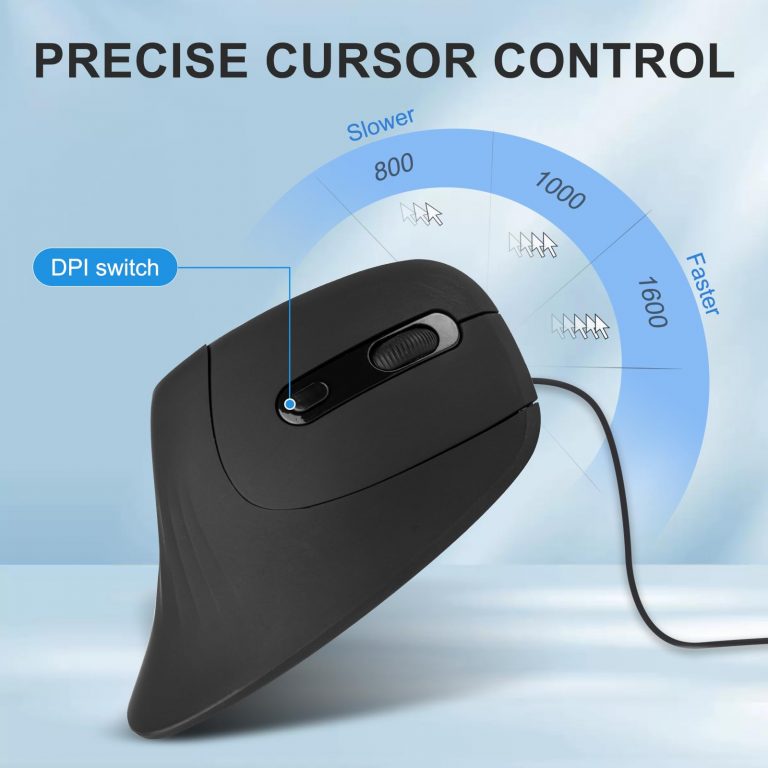
Mic The Essential Tool for Sound Capture
A microphone, or mic for short, is an electronic device used to convert sound waves into electrical signals. These signals can then be recorded, amplified, or transmitted for various purposes.
Types of Microphones
- Dynamic Microphones: These microphones use a moving coil and magnetic field to convert sound waves into electrical signals. They are known for their durability and are often used in live sound applications.
- Condenser Microphones: These microphones use a capacitor and a preamplifier to convert sound waves into electrical signals. They are highly sensitive and are commonly used in studio recording and broadcasting.
- Ribbon Microphones: These microphones use a thin ribbon suspended between two magnets to convert sound waves into electrical signals. They are known for their warm and natural sound.
Applications of Microphones
Microphones are used in a wide range of applications, including:
- Recording: Recording music, vocals, and other sounds.
- Broadcasting: Capturing sound for radio and television broadcasts.
- Telecommunications: Used in telephones, headsets, and other communication devices.
- Public Address Systems: Amplifying sound for large gatherings and events.
- Surveillance: Monitoring sound levels and detecting potential threats.
Choosing the Right Microphone
The choice of microphone depends on the specific application and desired sound quality. Factors to consider include:
- Sensitivity: The microphone’s ability to pick up sound.
- Frequency Response: The range of frequencies that the microphone can capture.
- Polar Pattern: The directionality of the microphone, which determines how it picks up sound.
- Durability: The microphone’s ability to withstand wear and tear.
Conclusion
Microphones are essential tools for capturing and recording sound. By understanding the different types of microphones and their applications, you can choose the right microphone for your specific needs and achieve the desired sound quality.




